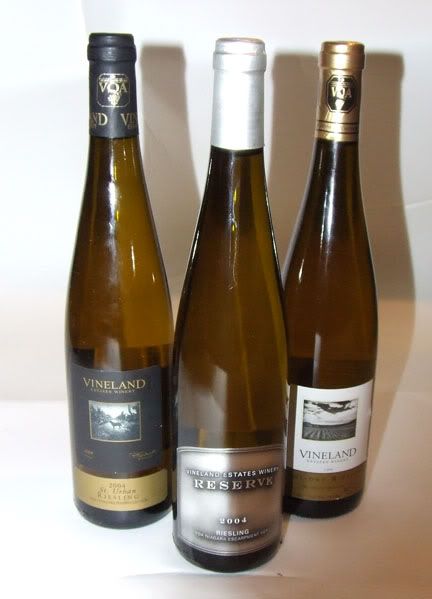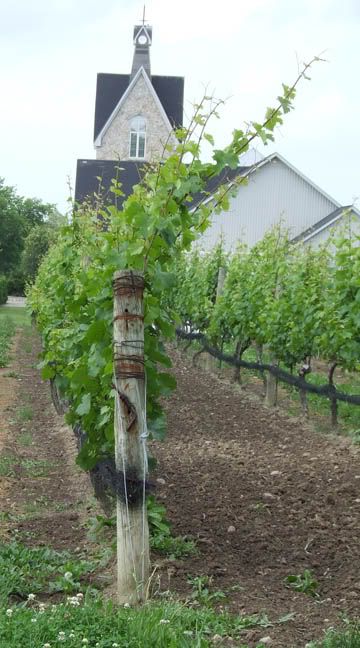What's Cooler than an idea who's time has come?
This changes everything. You've heard it before but how many times when referring to the Ontario wine Industry?
Vineland Estates, a producer of some of the best Riesling in Niagara (and Niagara makes cellars packed with Melchiors worth of good examples) has an idea so simple and compelling you would swear Steve Jobs had started a winery. Vineland wants to make a Riesling for you and not only do they want you to help make it, but they want you to make it your way.
For any wine lover who always wanted to know more or get involved in the winemaking process in some capacity My Wine, My Way is your chance. Sure you could take a wine making course at your local community college, buy some local grapes come harvest time and then make and bottle your own wine. But this is more than that.
Talk to any passionate winemaker (Brian Schmidt is amongst the most passionate in Niagara) and he/she will tell you that good wines, especially those that come from one particular site, start in the vineyard. No good grapes means no good wine. This community based project will allow wine lovers to participate in all sorts of decisions that will help shape the colour, taste and aroma of the finished wine. Based on a brief explanation of the task at hand and its possible consequences you'll be asked to make decisions about shoot positioning, crop thinning, the harvest date and more.
Brian Schmidt & Vineland's staff will then apply your decisions for you. There may even be the possibility to apply some of these decisions yourself with some hands-on participation in vineyard should you desire.

But why bother going through the trouble of inviting the public in on the wine making process? I could tell you that the alcoholic beverage market is growing in Canada and wine's share of it is too. I could also tell you that Millennials (18-29 year olds) splurge more of their spending dollars on food and wine than any other group. They are epicureans and their worldly exiperience has their tastes ahead of previous generations. They are constantly connected to the internet, enjoy social media but growing-up with the technology they are both savvy and weary of businesses using them. Still they love being able to opt-in to participate in something genuine, useful, informative, engaging and unique.
But none of the above paragraph is the motivation behind My Wine, My Way. I'll repeat it. None of the above paragraph is the motivation behind My Wine, My Way. When I spoke to Schmidt about the idea behind My Wine, My Way he talked about how he saw it as a unique opportunity to interact with customers on another level and to learn from each other.
You simply have to have one conversion with Schmidt about Niagara wine on Twitter to know he and the staff at Vineland are doing this because they genuinely care about their customers and want to share some of their passion through this unique experience. Brain Schmidt is a tireless champion of Niagara wines promoting the great products of fellow winemakers before his own. He's also a great steward of the wine region taking the time to share his knowledge and passion at every opportunity. I've benefited from this on more than one occasion and always come away impressed, engaged and learning something useful. I believe this is one way he gives back for all the knowlege that he has said he has benefited from via the past and fellow winemakers of the region.
I will most certainly fully take part in My Wine, My Way documenting and adding what I can here. I encourage all Ontario wine lovers to do the same by participating on the website and joining in the conversation on the My Wine Twitter feed . With ideas like this one the present and future of Ontario's wine industry looks bright. This project certainly has potential to spark the passion that I know is driving Ontario's growing wine culture.


